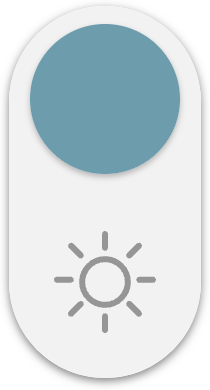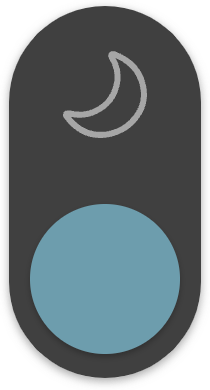An An and Ke Ke, recently gifted to Hong Kong by the central government, met members of the public for the first time on Dec. 8.
Under the dedicated care provided at Ocean Park, the two lively giant pandas are adjusting well to their new environment, and have been eating and sleeping well.
The park is providing specialist training for the pandas, to make it easier for caregivers to perform dental and blood pressure checks, draw blood samples, and even undertake ultrasound examinations, without the need for anaesthesia.

Ocean Park Zoological Operations Assistant Curator Mandy Tang explained that adult giant pandas are large and powerful, and that their bite force is very strong. This means health checks must be performed with care inside their dedicated training cages.
"By just calling [a panda's] name, if he is willing to come close and allow you to hand-feed him, this is already a basic part of his caregiving training."
An An has already learned to walk from the exhibition area to his training cage on hearing Mandy's call. On arriving in the cage, he extends his hand and makes a fist.
The caregivers have carried out what they call "desensitisation" training with An An. This allows them to use a trimmer on his fur, apply disinfectant to his skin, and gently apply a syringe to his arm, without him becoming frightened. As a reward for accepting their care without fuss, he is given apple slices.
"Giant pandas are very smart," Mandy stressed. "Step by step, we teach him to touch a target stick with his nose. With the help of the target stick, we can lead him from one place to another, and he can even lie down for us to measure his body temperature.".
Nutritious diet
Giant pandas eat four meals a day. Their staple food is bamboo from Sichuan and Guangzhou.
The caregivers store the bamboo in a food cabinet that is temperature-controlled and has a sprinkler system to keep the plants fresh.
"The supply and taste of bamboo is greatly affected by weather and environmental factors such as water and soil," Mandy said. "We provide each giant panda with five to six different types of bamboo daily."

Their diet also includes bamboo shoots, fruit, vegetables, and high-fibre cookies. Like humans, individual pandas have different preferences. While An An loves apples and carrots, "wo wo tou" is Ke Ke's favourite.
"Wo wo tou is freshly made by us from rice flour, soybean flour, and cornmeal, mixed with eggs," Mandy explained. "The ingredients are kneaded like bread dough, and then steamed."
Giant pandas in the wild spend a lot of time looking for food. Accordingly, Ocean Park has enriched the pandas' environment with items they can play with and which allow them to "forage" even in a captive environment where there is sufficient food.
"We want them to use their intelligence, and their sense of taste, smell, and sight, to forage, which is good for their mental health."

Both five years old – roughly equivalent to 15 years old for a human – An An and Ke Ke have entered what is considered to be adulthood for giant pandas. Mandy highlighted that spring is the breeding season for the species, and said the park will closely monitor any behavioural changes.
"For instance, we will observe whether Ke Ke rubs her tail on the ground. Giant pandas have glandular secretions in their tails, leaving behind a unique scent, which is an important sign of entering their mating season."
Future attractions
The first panda twin cubs born in Hong Kong are anticipated to be another huge attraction at Ocean Park.
Currently about four months old, the twins' canine teeth are now becoming visible.
Ocean Park Zoological Operations Assistant Curator Elke Wu said pandas feel itchy in their mouths and often want to chew on things at the teething stage.
"When they reach seven to eight months old, they will begin to pick up leftover bamboo leaves or other solid food from their mother and learn to chew. We will then let them try softer foods like bamboo shoot granules."
She added that with the twins' forelimbs growing strong, they can now support themselves to crawl forward, meaning that they will probably soon learn to stand up and walk.
Expert guidance
Elke has been working at Ocean Park for 17 years and has cared for older giant pandas such as the late An An and Jia Jia, as well as Le Le, Ying Ying – the twins' mother – and now her precious offspring.

She said that she was honoured to have experts from the China Conservation & Research Centre for the Giant Panda assisting the Ocean Park team with delivery and rearing, and stressed that their experience in panda care has been vital.
"From the beginning, we all followed the teachings of the experts. In the first few days after Ying Ying's labour, we were reluctant to leave because the experience was so valuable. From choosing the delivery room and the facilities in the nursery to the amount of milk fed to the cubs, we heavily relied on the experts' invaluable experience."
She added with a smile that while most mother pandas like to eat honey, Ying Ying is not a big fan. With the help of the experts, however, the team discovered that she is fond of electrolyte water, which turned out to be useful in getting her to eat and aided in her postpartum care.
Related News:
Twin pandas may meet public during Lunar New Year: Ocean Park




















Comment